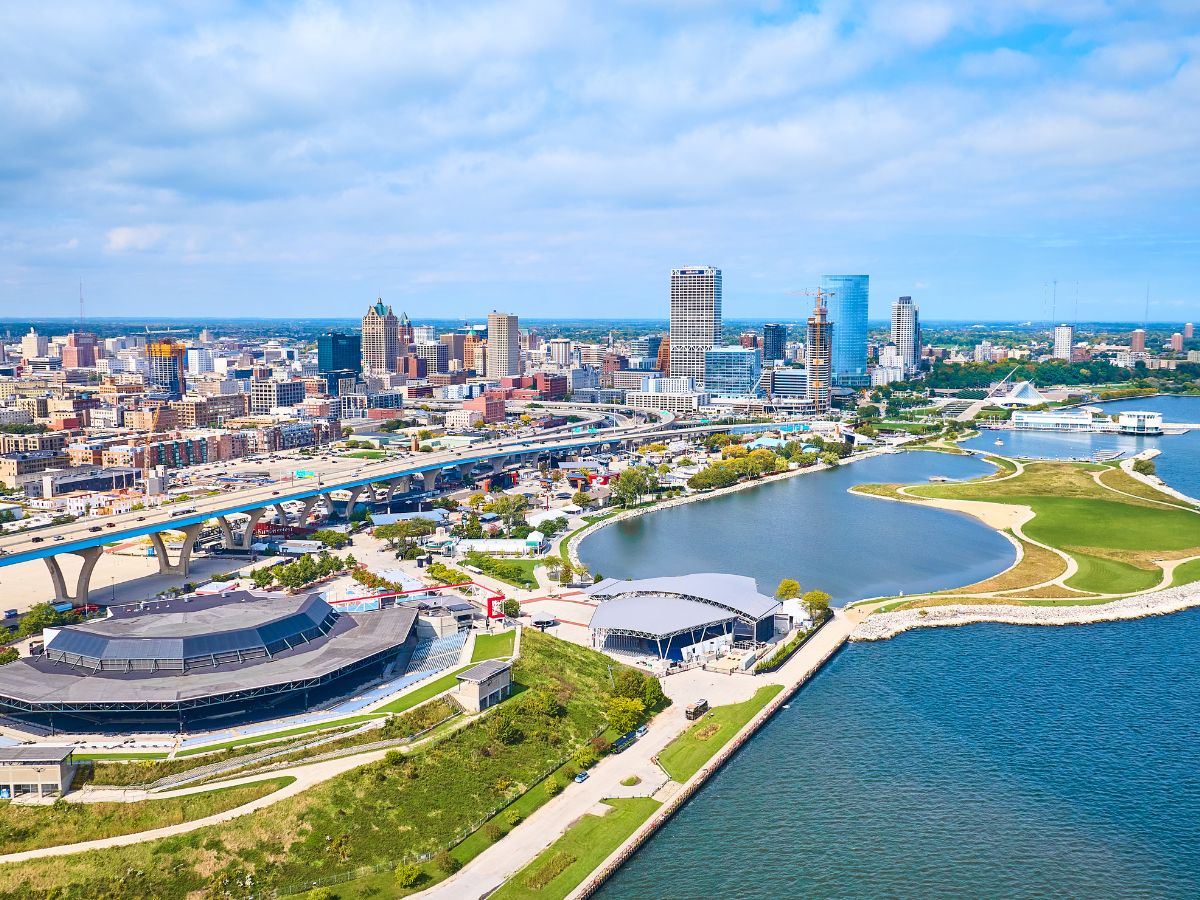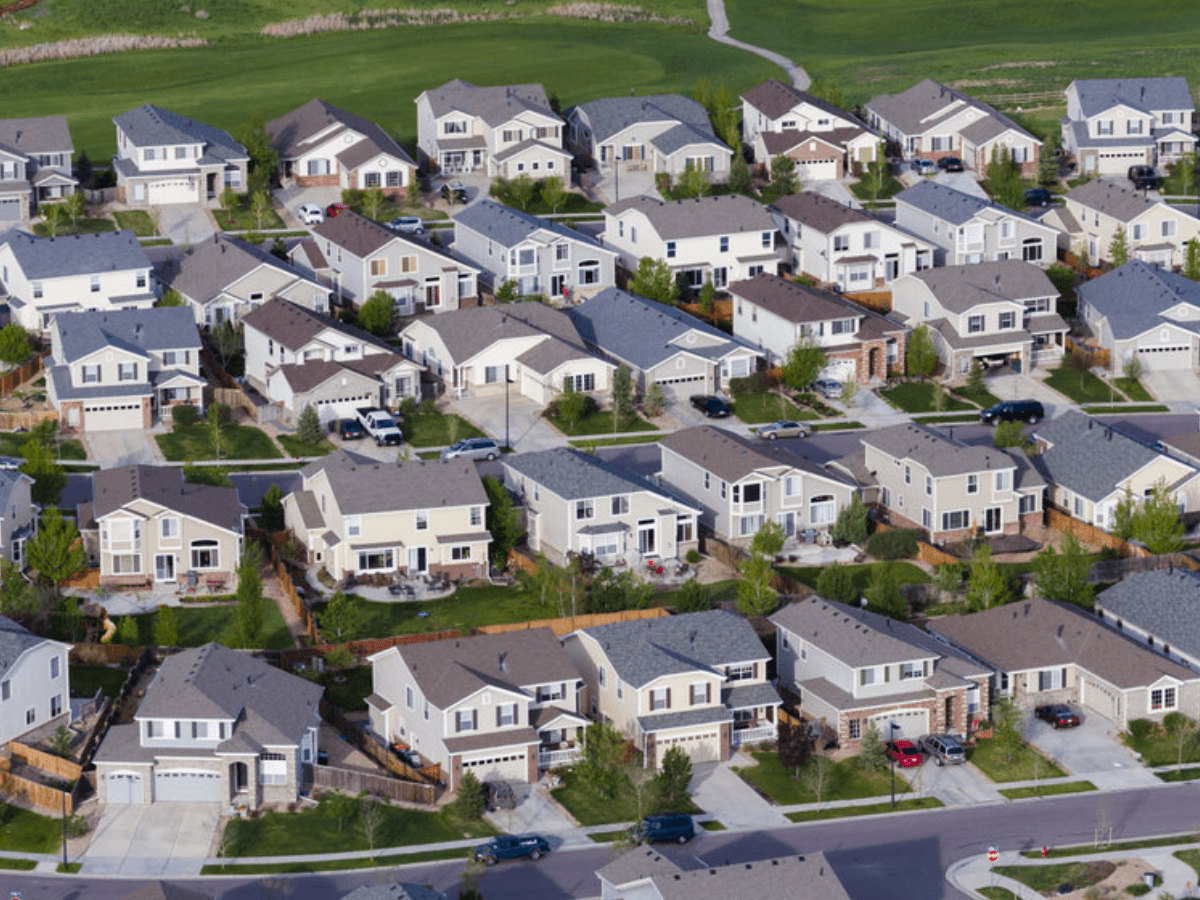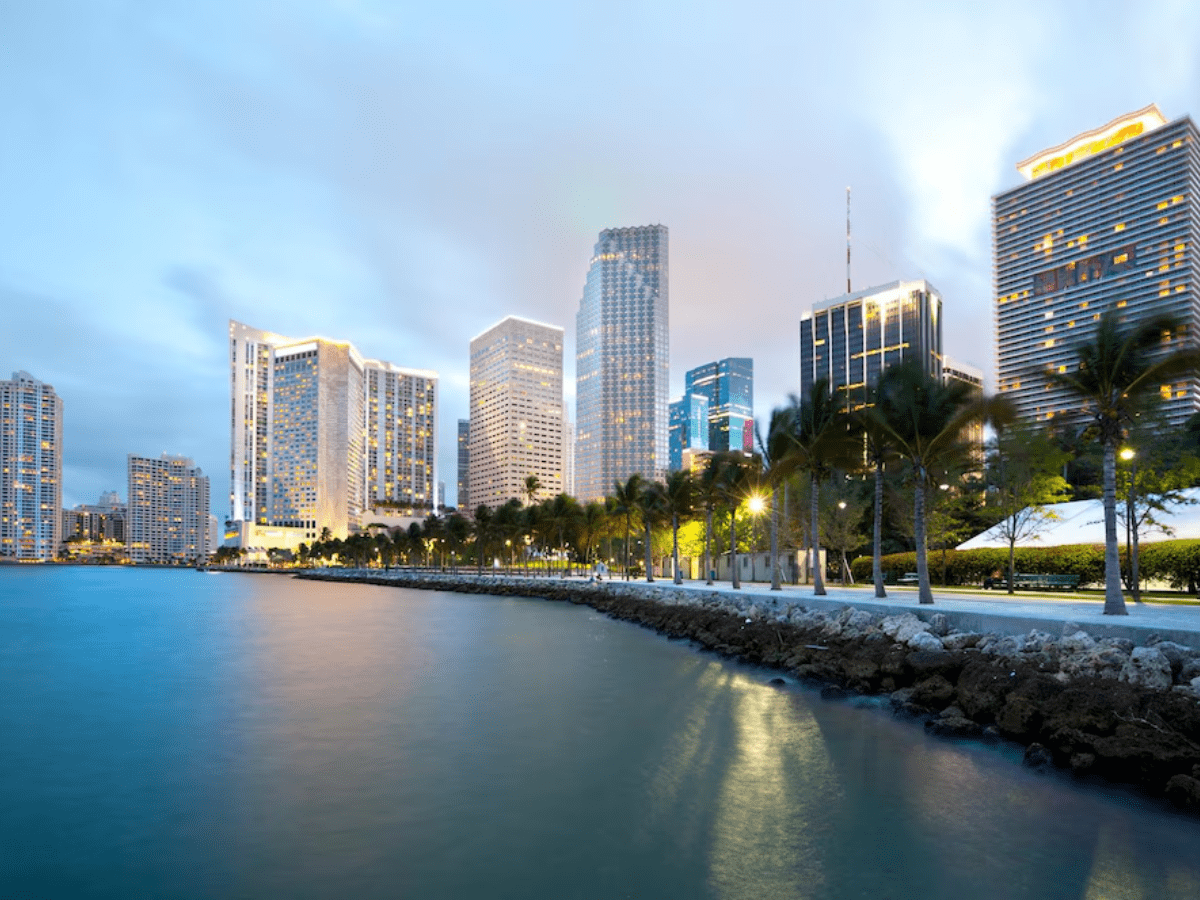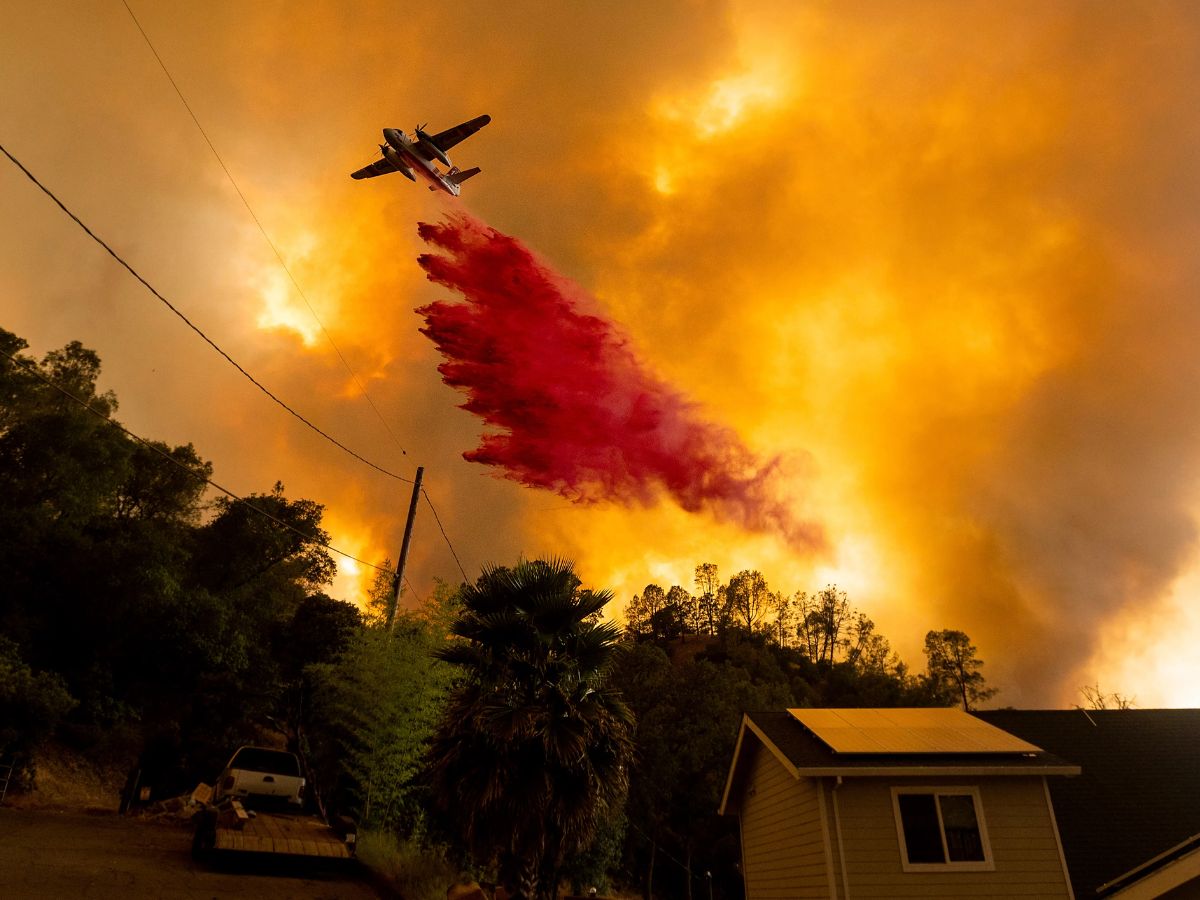
Four U.S. Cities Where You Can Live Well for Less
If you’re tired of sky-high home prices, brutal weather extremes or the constant fear of wildfires and hurricanes ruining your property, it might be time to look inland—way inland. Four of America’s hottest housing markets right now aren’t in the usual coastal hotspots. Instead they’re tucked away in the Midwest, where affordability, job security and climate resiliency are drawing in a new wave of buyers.
Three of those booming markets are in one surprisingly lucky state: Wisconsin.
The Winning Markets
The latest Wall Street Journal/Realtor.com® Housing Market Ranking features four standout metros where unemployment is lower than the national rate (4.2% as of March), home prices are still within reach, and the risk of climate disasters is minimal.
- Fort Wayne, IN (Unemployment: 4.1%)
- Milwaukee, WI (3.8%)
- Green Bay, WI (3.3%)
- Appleton, WI (3.1%)
These cities are thriving thanks to strong job markets, lower living costs and a much safer climate outlook compared with coastal regions.
Why Climate Resilience Is Now a Must-Have
A decade ago, most homebuyers didn’t give much thought to whether their new neighborhood might be underwater or on fire in 30 years. But as insurance companies flee high-risk states and premiums skyrocket, climate change has become a deciding factor in where people choose to live.
“As home shoppers look to minimize housing costs and the risk of unexpected expenses, recent weather events—like the devastation from wildfires in Southern California and hurricanes in Florida—are top-of-mind,” the report notes.
Nationwide, more than 40% of homes face severe or extreme exposure to at least one major climate risk. Meanwhile, 55 million Americans are expected to relocate to safer areas by 2055 (5.2 million are moving this year alone), according to a 2025 First Street report.
The Midwest, with its low risk of wildfires, hurricanes and flooding, is emerging as a smart long-term bet. Among the four hottest markets:
- Appleton, WI has only 1.1% of homes at high climate risk, even lower than Toledo, OH, the report’s #1-ranked city.
- Fort Wayne, IN comes in at 1.8%; Green Bay and Milwaukee sit at 2.2%, far below the 4.7% average for the top 20 metros.
Lower Costs Without Sacrificing Opportunity
Of course, avoiding climate disasters is only part of the appeal. The real draw: you can actually afford to live here.
- Fort Wayne leads the pack with a cost of living 10% below the national average.
- Green Bay follows at 7.9% below, then Appleton (6.4% below) and Milwaukee (4.5% below).
And while cheaper living sometimes means fewer jobs, these metros defy the stereotype.
“These four areas boast strong housing markets, enabled by healthy job markets and affordable everyday expenses,” says Jones.
Home Prices That Won’t Break the Bank
If you’ve been priced out of coastal cities, these numbers might feel like a breath of fresh air.
- Fort Wayne: $310,000 (National median: $449,000)
- Milwaukee: $375,000
- Appleton: $426,000
- Green Bay: $490,000 (slightly above national median, but still reasonable)
Wisconsin has always been known for its cheese, beer, the Packers and outdoor adventures, but now it’s gaining a reputation as a smart place to put down roots.
“Wisconsin has long boasted affordable home prices, but today’s challenging housing market has amplified its appeal,” explains Jones. “Buyers want more bang for their buck, and they’re finding it here.”
If you’re looking for a place where your paycheck stretches further, your home isn’t at constant risk of natural disasters and jobs are plentiful, theMidwest—especially Wisconsin—might be your best bet. The secret’s getting out, though. With millions of Americans expected to relocate for climate safety in the coming years, these affordable, resilient markets won’t stay under the radar for long.
If you’re ready to trade hurricanes for harvest festivals and wildfire threats for winter snowfalls, it might be time to pack up and head north. The heartland is waiting.



